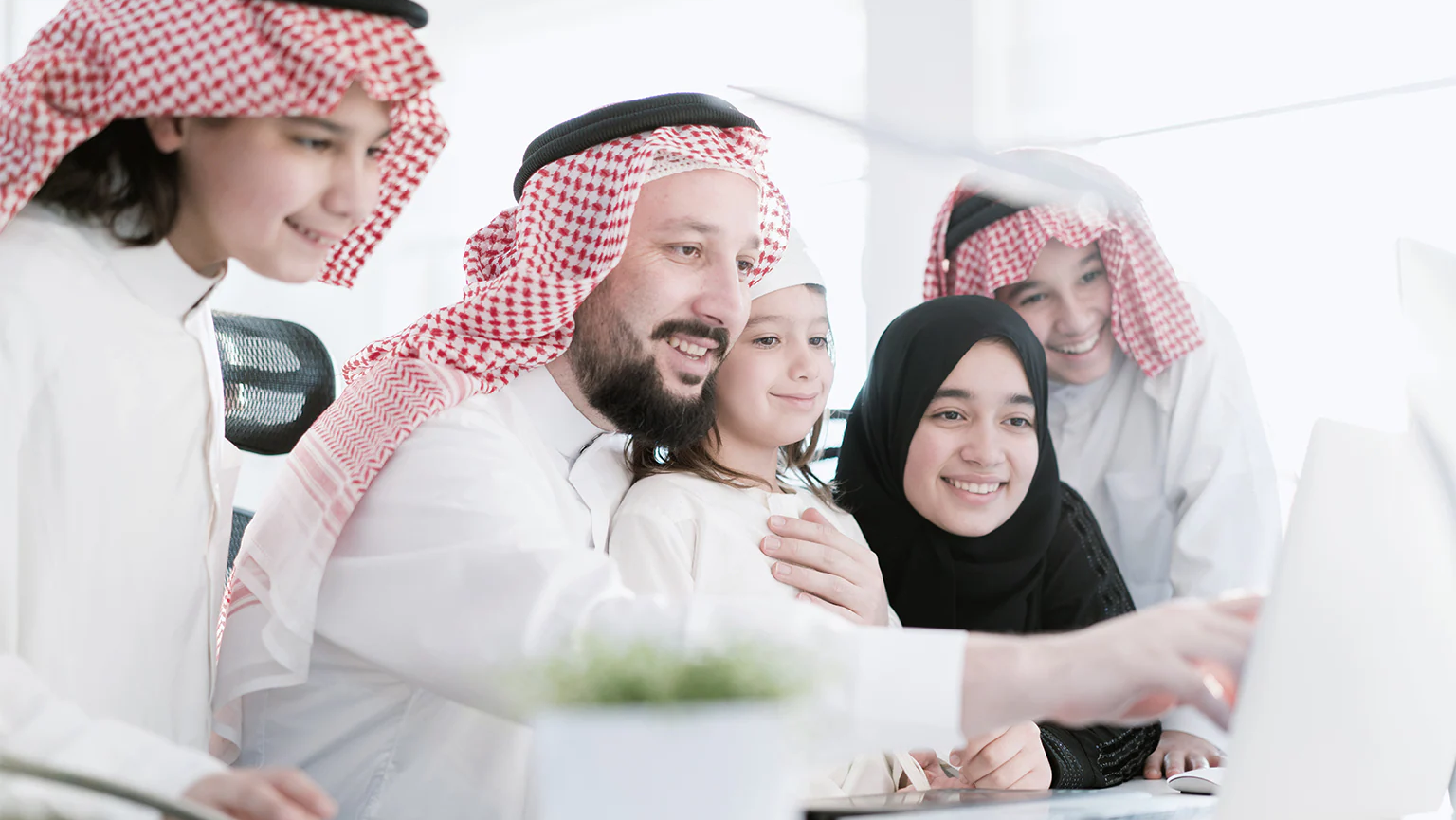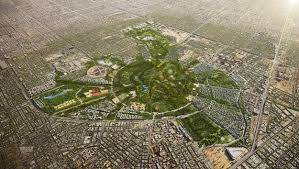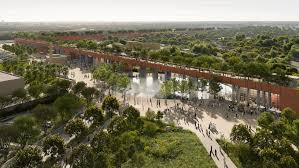
Saudi Arabia is once again making headlines with its ambitious vision to transform its urban landscape through large-scale green initiatives. In recent years, the Kingdom has launched several environmental and recreational projects designed to enhance quality of life, promote tourism, and support sustainability. The latest updates on Saudi Arabia’s parks show that the country is turning its vision of a greener future into a reality.
Saudi Arabia’s leadership has made environmental sustainability a central part of Vision 2030, the nation’s long-term plan to diversify its economy and improve the quality of life for residents and visitors. Green spaces, public parks, and recreational areas are now key elements in the development of cities like Riyadh, Jeddah, and Neom.
The government aims to create a balance between modernization and nature, ensuring that rapid urban growth does not come at the cost of the environment. These parks are not just about leisure — they are about restoring natural ecosystems, improving air quality, and offering people a healthier way of living.
One of the most significant updates comes from Riyadh, where King Salman Park is set to become one of the largest urban parks in the world. Spanning over 16 square kilometers, the park is a symbol of Saudi Arabia’s environmental commitment and its desire to improve community well-being.
When completed, King Salman Park will feature lakes, gardens, walking trails, sports facilities, and cultural landmarks. The park will also include theaters, art installations, and green plazas where families and visitors can relax and connect with nature.
Recent updates indicate that major infrastructure work is already completed, and construction of key areas like the Royal Arts Complex and the Sports Zone is underway. This project alone is expected to attract millions of visitors each year, boosting tourism and local business.

Alongside King Salman Park, another groundbreaking initiative called Green Riyadh is reshaping the capital city. This project aims to plant more than 7.5 million trees across Riyadh, creating shaded streets, cooling the urban temperature, and reducing dust pollution.
Several phases of the project have already been completed, including the development of community parks and green corridors linking neighborhoods. Officials have confirmed that the ongoing phases will focus on expanding tree coverage around schools, mosques, and public roads.
Green Riyadh also aligns with Saudi Arabia’s larger goal of increasing the share of green areas in its cities from the current 1.5% to 9%, improving both the visual landscape and residents’ overall well-being.
Another exciting update comes from NEOM, the futuristic megacity being built in the country’s northwest. NEOM’s development plan includes vast parks, protected nature reserves, and smart landscaping designed with sustainability at its core.
The NEOM Nature Reserve will protect more than 95% of the area’s land, featuring rewilding programs and eco-tourism activities. Within this project, visitors will be able to explore natural parks, eco-lodges, and hiking trails that showcase the beauty of the Saudi landscape while ensuring minimal environmental impact.
This approach reflects the country’s growing interest in combining environmental protection with economic growth. The idea is to make Saudi Arabia a leading global example of how modern urban planning can coexist with nature.
While many park projects focus on modern cities, the ancient region of AlUla offers a different perspective. Here, the government is investing in preserving natural and historical landscapes to promote cultural tourism.
The Sharaan Nature Reserve in AlUla has been developed to protect local wildlife, including the Arabian leopard, and to offer tourists a chance to experience Saudi Arabia’s natural beauty through guided tours, camping, and adventure trails.
Recent updates reveal that the reserve has introduced sustainable tourism practices, such as solar-powered lodges and eco-friendly transportation, setting a new standard for responsible travel in the Kingdom.

The benefits of Saudi Arabia’s park initiatives go beyond environmental impact. Green spaces are known to increase property values, attract tourism, and create jobs in landscaping, construction, and hospitality.
For example, King Salman Park alone is expected to generate thousands of employment opportunities, while Green Riyadh will contribute to reducing healthcare costs by improving air quality and promoting active lifestyles.
Additionally, these projects will help Saudi Arabia meet international sustainability goals, including reducing carbon emissions and promoting biodiversity. They also play a key role in preparing the country for global events like Expo 2030, which Riyadh will host.
Saudi Arabia’s progress in developing world-class parks and green spaces shows that the nation is committed to building a future where urban life and nature thrive together. With projects like King Salman Park, Green Riyadh, and NEOM’s eco-parks, the Kingdom is setting an example for other countries in the region.
The new parks will serve as lungs for growing cities, providing clean air, cooler temperatures, and peaceful escapes for millions of residents. They represent not just physical transformation, but also a shift in mindset — one that values sustainability, wellness, and harmony with nature.
Saudi Arabia’s park updates highlight a clear vision: to create cities that are both livable and environmentally responsible. By investing in massive green projects, the Kingdom is proving that development and nature can go hand in hand.
In the coming years, as more parks open and sustainability initiatives progress, Saudi Arabia will likely emerge as a global leader in urban green design — showing the world that even in the heart of the desert, life can flourish beautifully.
Do Follow Estate Magazine on Instagram
Read More:- Dubai’s Innovative AI Strategies Changing Daily Life Rapidly 2025
